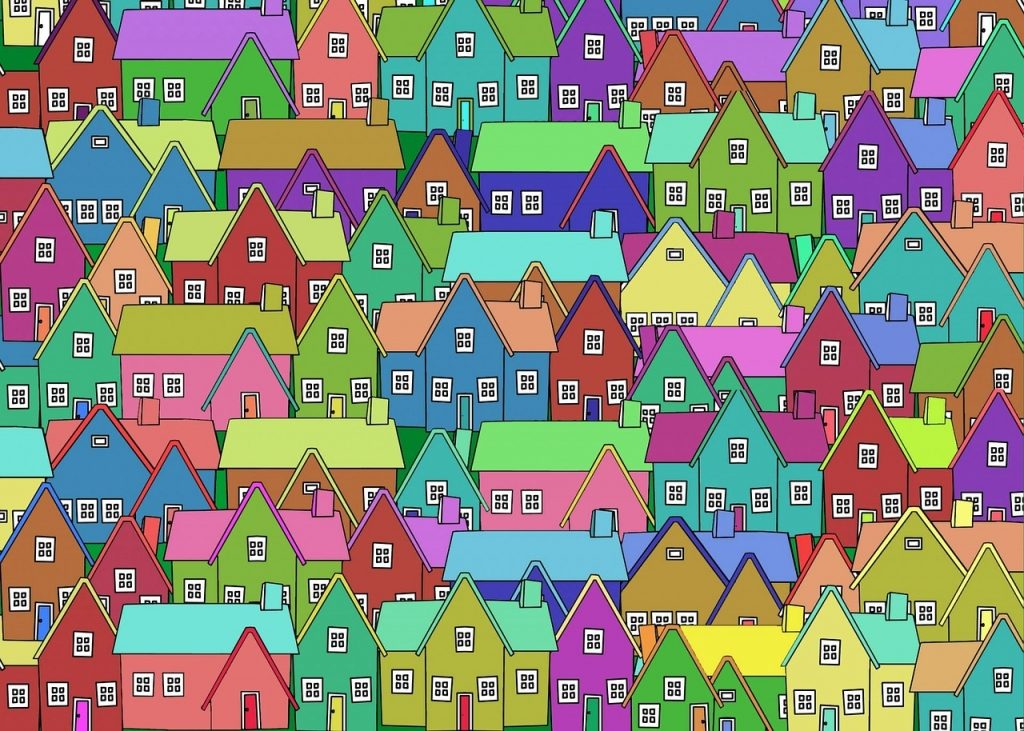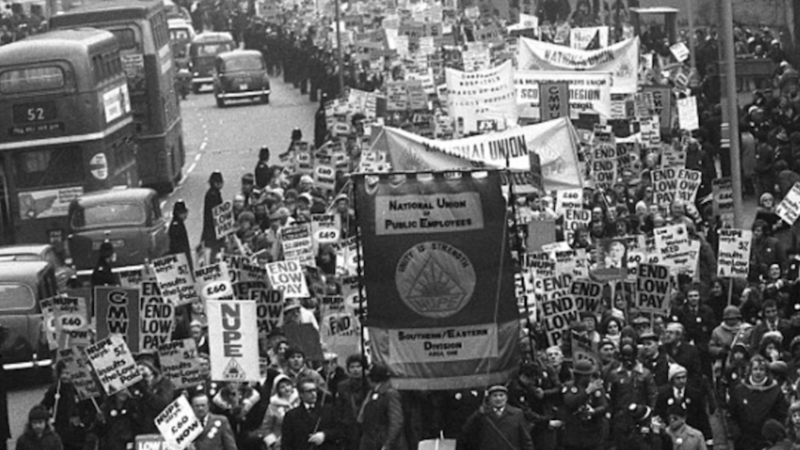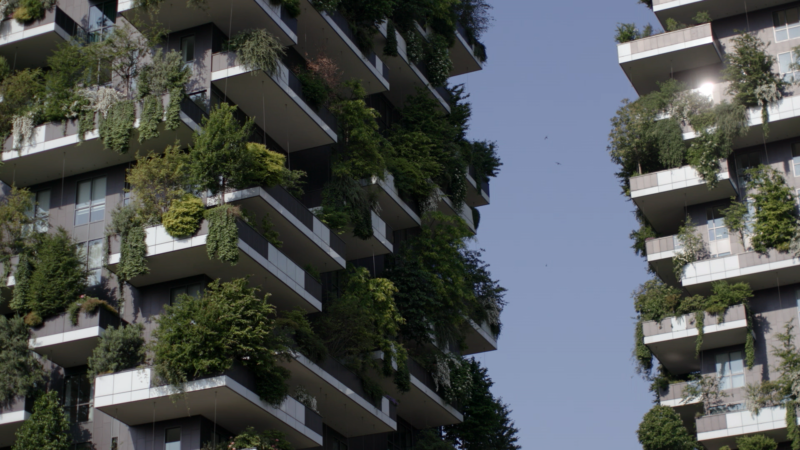Britain is in the grip of a housing crisis. But contrary to some Daily Mail speculators, the bricks and mortar economy is not going the way of Japan, circa 1990. Economist Neil Wilson explains why the same economic and political forces suppressing Japanese property prices will keep British prices artificially inflated for the foreseeable future.

Take any given day, and there is at least a one in ten chance The Daily Mail will ask, “And What Does It Mean For House Prices?”. It’s a headline that sells papers, because for millions of Britons property is their pension, their nest egg, and even their sole income.
The 12-month price trend for UK housing remains at around 5% growth per year, outperforming most savings and many stocks. But with Brexit and economic uncertainty, could Britain’s bricks and mortar economy be facing disaster? After all, Japanese property values tanked by up to 90% in the early 1990s when their bubble finally burst.
Well, the answer is “No”. Japanese property prices may remain down by 40-60% on their early 1990s values, but this is not for the usual lame excuse that Japan is “special”. The same economic and political forces keeping Japanese prices suppressed will keep British prices artificially inflated for the foreseeable future.
Japan has a stable, but ageing population. By contrast, the UK population is adding around 500,000 extra people, or the population of Sheffield, every year.

The crushing pressure on the housing system is driven by the UK’s relentless population increase and social change. So, unless Britain can find a way to abruptly remove a few million people, the demand for housing in the UK is likely to remain very high.
That’s one side to the house price equation. The other is, of course, supply.
Homebuilding in Britain peaked at nearly 300,000 homes per year during the early 1930s – twice current levels – even though the population was then under 50 million. These homes were built by hand, block-on-block, using methods recognisable to most British construction workers today. Although factory-building technology is available, British homebuilders still doggedly rely on slow, inefficient and low quality manual construction. Japanese homes are renewed, typically every thirty years, with a brand new structure that can be completed in a matter of weeks. Britain’s crumbling 1930s homes are still endlessly patched and repaired.
As our population continues to swell, and our existing housing stock disintegrates, new home building in the UK has remained locked at pitifully inadequate levels, with around 150,000 new homes registered in 2015.
The British building industry has heavily consolidated over the past twenty years, creating an Oligopoly, with the top three house building firms accounting for nearly 30% of the market.
Barratt, the largest, has recently posted a 20% increase in pre-tax profits for 2016, and purchased around £1bn of land assets. The company aims to have a “buffer stock” of around 4-5 years worth of land. How many businesses can run a stock inventory of 5 years, yet still return healthy profits? The market does not reward them for building as many houses as they can, despite spiralling need. The construction industry decides how many houses to build, based on profitability rather than current demand (Barratt has recently announced that they plan to scale back building in London for 2017).
Barratt may be the largest player, but this business model is the established norm for the industry.
Construction firms and land agencies own the land, and profit simply by ownership and ever-rising speculative values. Once planning permission is granted, the value of land can increase by a factor of several hundred, and the value will continue to rise irrespective of whether the land is ever developed.
Britain is in the grip of a housing crisis. Yet successive governments have allowed this land speculation to flourish. Industry press releases deflect the blame to local council “red tape”, while sitting on thousands of hectares lying undeveloped “until market conditions improve”.
Even when the builders get around to doing some building, Britain’s new homes are little more than pop-up slums of the future. The British building industry has the lowest environmental standards in Europe. Calls for better insulation and airtightness are met with threats to reduce homebuilding further; after all, the builders make a profit anyway just by owning the land. If “relationship building” with MPs doesn’t loosen regulations, they can always threaten to cut off the meagre ration of housing entirely.
In their latest wheeze, construction firms now offer financialised part-exchange deals where they can control the margins of the secondary market as well as the primary – crippling the estate agent business. And as land is the only truly valuable part of any British home, some builders have retained ownership to rent back to homeowners on onerous terms, and a new “Leasehold” scandal has begun to unfold.
The house builders have absolutely everybody exactly where they want them. Until the British government stops relying on the ‘discounted wealth effect’ to drive the economy, the building industry, their shareholders and land speculators can’t lose.

There's nothing like the idea of a unionised worker to make the predatory capitalist convulse.

Why is the ability to call a home your own becoming the privilege of the few as opposed to the right of the many?

What if the racism and inequality that America faces today are not accidental but actually happened by design?